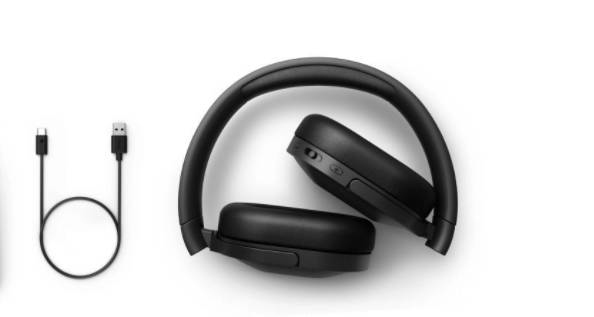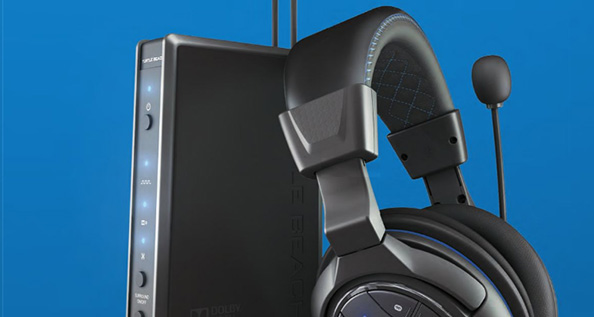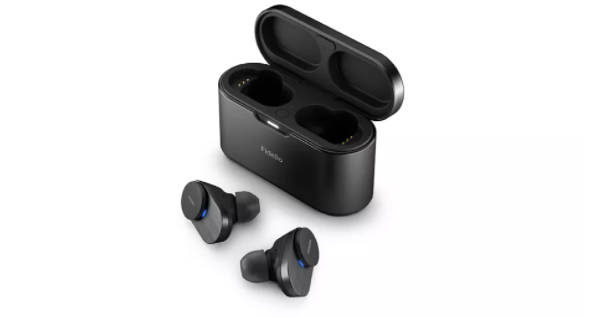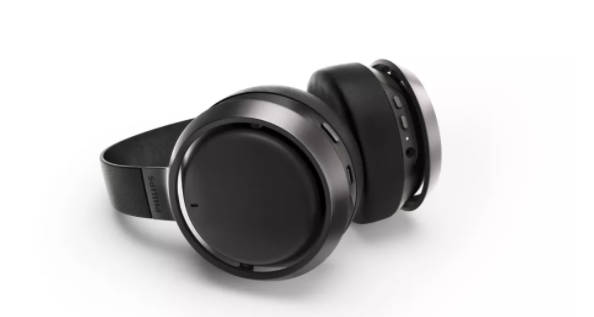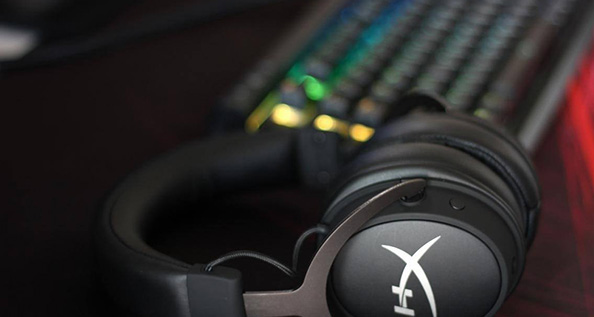Kingston HyperX Cloud II Headset Review
Gaming headsets don't have to be just for gaming. Any good set can also work well as regular stereo headphones, as long as they have a 3.5mm connection and sound good, and the boom mic doesn't get in the way. However, most gaming headsets embrace brightly colored highlights, sharp lines, glowing lights, and a general science-fiction aesthetic. Kingston went in a different direction with the Cloud II gaming headset ($149.99). By popping off the boom mic, it transforms into an attractive set of over-ear headphones. It sounds very good, though its sound profile is sculpted with a gamer-centric highs-and-lows focus. It also claims to offer 7.1-channel virtual surround sound, and that simply didn't come through in our tests (few, if any, headphones can produce really compelling surround sound). However, it's still an excellent stereo gaming headset, a very good pair of headphones, and earns our Editors' Choice for wired gaming headsets. It's markedly more expensive than the Plantronics RIG Surround, but it can be used on--go unlike the Plantronics headset.
Design
The Cloud II headset comes in two parts: the headset itself and the USB sound card module. The headset is on a relatively short cable that measures just over three feet and ends at a 3.5mm plug. The USB sound card features a cable that's twice as long and ends in a USB plug. Both cables are covered in a braided cloth for protection and to prevent tangles.
The look and feel of the Cloud II headset is more reminiscent of a good pair of headphones in its price range than of a gaming product. It's well-built, attractive, and understated (if you get the gunmetal-and-black or red-and-black versions; the white-and-pink version is anything but). It's a set of over-ear headphones with detachable boom mic on the left earcup. The headset comes with a small rubber plug to hide the hole when you detach the boom mic.
The headband and pre-installed earpads are made of a leather-like material and memory foam, and sit comfortably on the head without feeling too heavy or tight. The earcups are connected with solid metal joints that click at specific points as you move them in and out of the headband, but don't fold or swivel. The cable connects to the left earcup and is permanently attached. The boom mic sits in front of the cable connection and has a flexible metal arm and a foam windscreen.
Connections and Accessories
The USB sound card module features a 3.5mm port for the headset, plus individual volume controls for the headphones and microphone, a sliding microphone mute switch, a 7.1 button that activates the headset's simulated surround sound, and a shirt clip.
Besides the headset, USB sound card, and boom mic, the Cloud II comes with a large, sturdy nylon carry bag that's big enough to easily hold the headset and all accessories. It also includes a second pair of earpads made of a more breathable velour than the leather-like cover of the memory foam earpads. This is a surprising treat, since most gaming headsets don't bother with customizable earpads. The bag thoughtfully has a separate velcro enclosure to hold the extra earpads and the boom mic. Finally, the headset includes a two-plug airplane adapter.
You can use the headset on its own with any device with a 3.5mm output, like the PlayStation 4's controller port or the Xbox One's headset adapter, but for PC use, you should use the USB sound card adapter. It serves as a digital-to-analog convertor (DAC) and surround-capable sound card, and handles all audio processing itself rather than relying on your on-board audio. Without the adapter, the Cloud II is a stereo headset. This is much more flexible than the Plantronics Rig Surround ( at Amazon) , which also offers both USB and 3.5mm audio connections, but requires USB power and a relatively bulky remote device designed more for desktop use than hanging from your shirt.
Performance
The Cloud II's virtual 7.1-channel surround sound is just that: virtual. It uses audio processing to mix the left and right channels of the headset to produce a sense of surround sound. When connected to a PC, it's activated by pressing the 7.1-channel button on the USB cable. However, no amount of audio tricks can really get surround out of two drivers, and the effect is more an expanded dynamic range rather than any actual audio positioning. I played Team Fortress 2 and Serious Sam 3: BFE, and in both games the 7.1-channel button made the action sound slightly "bigger," but only in the sense of loudness rather than sound field. Despite clever fades between left and right, I didn't get a sense of any opponents or monsters really manifesting in front of, behind, or at any angle relative to me; it was all just stereo action.
That doesn't mean the audio quality is bad. It's impressively loud, with a very sculpted sound that emphasized both high end and low end to really bring out the sounds of gunfire and explosions.
Since the Cloud II can easily double as a pair of over-ear headphones by removing the boom mic and either plugging the headset into a smartphone or tablet or using it with the USB adapter on your computer, we tested it for how well it can handle music, not just game audio. It passed our bass test track, The Knife's "Silent Shout," with flying colors. At maximum volume it handled both the bass synth notes and the kick drum hits without a hint of distortion while presenting an appreciable amount of force in the low end.
The headset's sculpted sound focuses on the lows and highs, and this really shows in MC Lars' ode to ska, "This Gigantic Robot Kills." The treble of the horns and higher-pitched guitar riffs and the thumping bass and drums stand in the center of the mix, and MC Lars and MC Bat Commander's vocals sit just slightly behind them. The midrange isn't muted at all, and the sound is still very enjoyable, but the beat and the horns really take center-stage.
Kevin Swalby of The Heavy's higher vocals have a much easier time staying in the spotlight of "How You Like Me Now," where it punches into the foreground of the mix to stand alongside the prominent bass and drums. Again, the midrange doesn't sit in the background, it just cedes more space for bass and treble than you would hear with a flat-response headphone pair.
The Kingston HyperX Cloud II is a well-built, comfortable, excellent-sounding gaming headset that comes with its own optional USB sound card. It's generous with accessories, and will work with all computers and mobile devices, and most game systems out of the box. Its 7.1-channel surround sound is an illusion, though, but that's the case with most headphones; you simply can't get real surround imaging that close to your ears, especially when you only have two drivers. If you want an audiophile experience and don't need a mic at all, the Sennheiser HD 558 ( at Amazon) can be found for the same price, but lacks any gaming features. You can also go wireless with the excellent Skullcandy PLYR 1 ( at Amazon) headset if you don't mind losing mobile device compatibility for home convenience. Finally, if you're just looking for an inexpensive headset you can use with anything, the Tritton Kama ( at Amazon) can be found for a fifth of the Cloud II's price, though you'll obviously be compromising significantly on sound quality.




